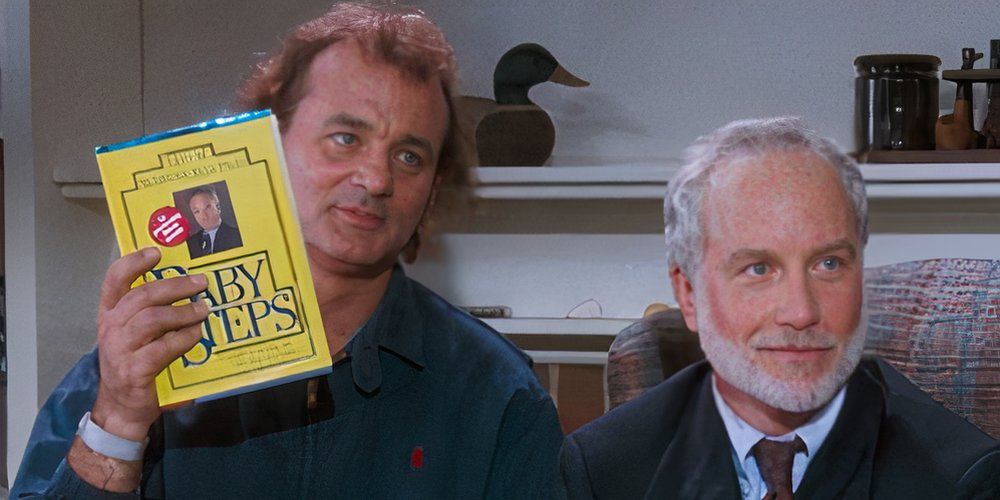
# The Concealed Messages in Children’s Animation: An Examination of Strabismus and Stereotyping
Animated movies are frequently regarded as gateways to enchanting universes, brimming with lively characters that spark the creativity of both children and adults. Each aspect of an animated character, from their voice to their behaviors and facial features, is meticulously crafted by dedicated teams of designers and animators. However, emerging research published in *Pediatrics* (DOI: [10.1542/peds.2024-067355](https://doi.org/10.1542/peds.2024-067355)) indicates that these imaginative settings may convey hidden messages that bolster damaging stereotypes—particularly concerning individuals with strabismus, a condition resulting in misalignment of the eyes.
The extensive research led by the University of Colorado School of Medicine reveals that characters exhibiting strabismus in animated films are significantly more likely to be depicted negatively, contributing to real-world stigma and bias. This article investigates the study’s conclusions and explores the possible ramifications for children with strabismus.
## Animated Characters: Fiction with Implications?
Dr. Michael Puente, the primary investigator of the study, underscores the deliberate nature of character design. “When animators are determining a character’s visual representation, they must consider every minor detail regarding that character’s look. Therefore, it’s not coincidental that a character in animation has strabismus,” Puente clarifies. “That’s a conscious choice made by the animation team.” Every characteristic must align with the character’s narrative role, and regrettably, in numerous instances, strabismus is utilized as a visual indicator for “defective” characters.
The research group examined 125 animated films by prominent studios such as Disney, Pixar, DreamWorks, and Studio Ghibli, identifying 46 characters who displayed visible strabismus. The results were striking and alarming: characters with strabismus were disproportionately represented as lacking intelligence, clumsy, or involved in villainous roles.
## Data Reflecting Prejudice
The research findings depict a harsh reality regarding the animated realms scrutinized. Characters with strabismus were reported to be 14 times more likely to be characterized as unintelligent when compared to those identified as intelligent. Moreover, these individuals were much more prone to assume supporting roles as bumbling, mindless followers instead of leaders. Comic relief was a frequent trait of these representations, perpetuating the notion that these characters are in some way “inferior” to the heroic leads.
Even more concerning is that among the 125 films assessed, only one character with strabismus—Forrest Woodbush from *The Good Dinosaur* (Pixar)—was depicted as intelligent. The vast majority of characters with strabismus were relegated to negative, stereotypical portrayals, portraying them as villains or comedic elements.

*Caption: “In the vibrant realm of animation, design choices like strabismus often signify negative attributes such as clumsiness or malevolence.”*
### Effects on Children with Strabismus
While these characters may appear as harmless fantasies in a world crafted from pixels and paint, their influence reaches into reality. “Unfortunately, children with strabismus often face bullying because of that difference in appearance,” Puente notes while addressing the real-life effects of these portrayals. Research suggests that children with strabismus encounter heightened social difficulties, including being less likely to receive invites to birthday celebrations or having peers who are reluctant to engage with them in educational environments.
Strabismus, which leads to a misalignment of the eyes, either crossing inward or drifting outward, is typically neurological. Nonetheless, due to these adverse media depictions, children with the condition may be viewed as “unusual,” lacking intelligence, or socially awkward, which are not reflective of the medical condition itself. More troubling, those who internalize such stereotypes may risk feeling worthless or unimportant.
While surgical and other treatments are available to improve the visual aspects associated with strabismus, the societal ramifications remain a serious concern if detrimental stereotypes persist. Appearance-related bullying is already a significant problem that many children encounter, and reinforced clichés in cherished animated films only exacerbate these struggles.
## A Call to Action for the Animation Industry
A crucial conclusion from the study is evident: animators possess an opportunity, and perhaps a duty, to alter the prevailing narrative. Positive role models exhibiting strabismus could profoundly influence how children with this condition view themselves and how they are viewed by others.
“There are numerous individuals with strabismus, and it would be fantastic to feature characters with strabismus who serve as positive examples and are portrayed in an uplifting manner,” Puente proposes, highlighting that incorporating such characters would provide empowering representation.